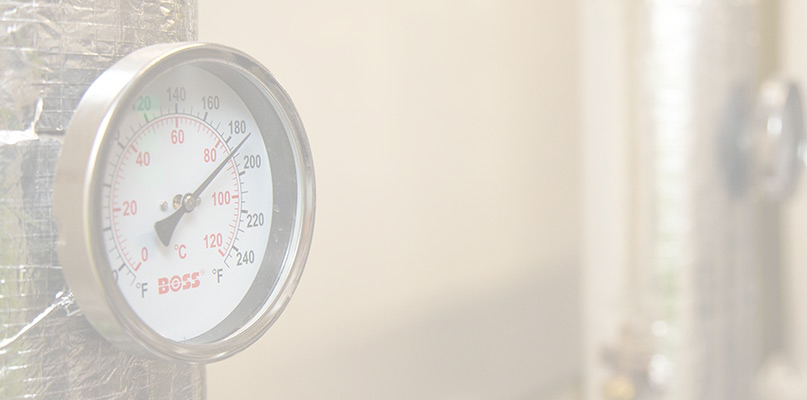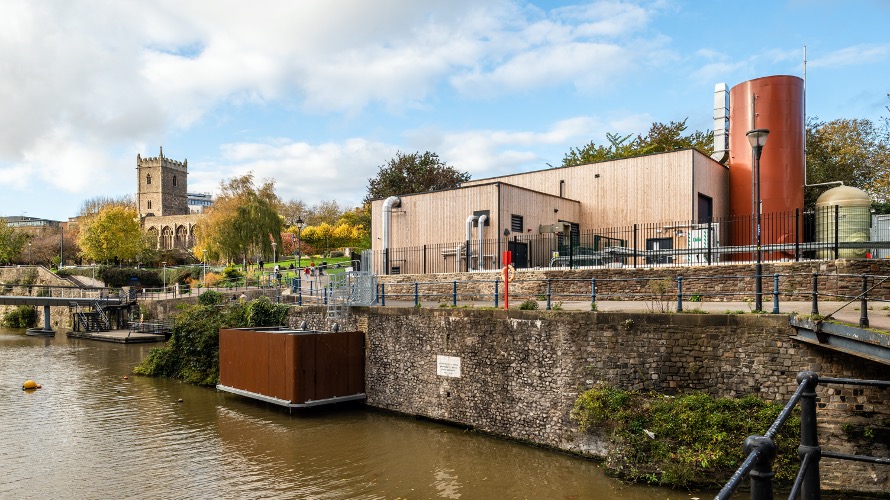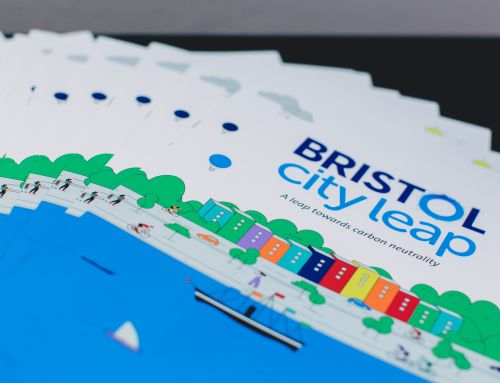As part of Bristol City Leap’s ambition to deliver over £1 billion of investment into Bristol’s energy system over the next twenty years, Vattenfall Heat UK is working to expand the city’s heat network, decarbonising the way that we heat our homes and businesses by replacing fossil fuels with low carbon sources.
The Bristol Heat Network is already connected to over 1000 homes and businesses in the city and this week, Bristol City Leap is excited to announce a new connection for Avon Fire & Rescue Service’s Temple Fire Station at no-cost to the fire service, reducing Avon Fire & Rescue Service’s carbon footprint by an estimated 12 tonnes per year.
Vattenfall Heat UK has worked with Avon Fire & Rescue Service to successfully connect its Temple Fire Station to the Bristol Heat Network. The project, which was completed over a period of 18 months, will see the station have all its heat delivered by the Bristol Heat Network instead of a conventional gas-fired boiler system.
In January 2023, Vattenfall Heat UK acquired Bristol Heat Networks Ltd and is now working with Bristol City Leap; a trailblazing large-scale, multi-pronged initiative aimed at achieving carbon neutrality for the city’s energy infrastructure by 2030. Through a series of underground pipes, Bristol Heat Network will deliver reliable, low-carbon heat to homes, businesses and organisations.
Through the government’s Public Sector Decarbonisation Scheme, which supports the aim of reducing emissions from public sector buildings by 75% by 2037, Bristol City Council was successfully awarded funding to connect Temple Fire Station to the Bristol Heat Network. This was done at no cost to the fire service.
Avon Fire and Rescue Service supported the Bristol Heat Network team during the application for funding stage, ensuring the team had everything they needed for success, and continued to work together during the installation and connection into the fire stations plant room.
Mark Apsey MBE, Managing Director for Bristol City Leap said: “Bristol City Leap is a world first and sets out a clear blueprint for city-scale decarbonisation for other cities and regions to follow. Bristol City Leap will have a real impact for Bristol residents and businesses including the ways that we power and heat our homes, which is perhaps more important than ever before.
“The Bristol Heat Network is key infrastructure that will allow us to break our reliance on fossil fuels through investing in more sustainable ways to generate heat whilst creating hundreds of new jobs to support local social and economic goals.”

Vattenfall Heat UK’s Managing Director in the UK, Stuart Allison, said: “During the process we built a great, supportive working relationship with the team at Avon Fire & Rescue. While it can seem like a big step to take, this project is testament to how simple it can be to make the switch to low-carbon heating for businesses, and we highly commend Avon Fire & Rescue for deciding to take this journey with us.
“We look forward to connecting more businesses as we continue to establish ourselves within the Bristol community”.
Annabel Harford, Environmental Manager from Avon Fire & Rescue Service, added:
“Connecting to the Bristol Heat Network is an exciting step in decarbonising our estate and working towards the Service’s Net Zero by 2030 goal. Temple Fire Station is our busiest station and by decarbonising the heat supply, it will reduce the Service’s carbon emissions by around two per cent.”
Vattenfall Heat UK plans to expand the existing heat network, develop new networks, and where possible interconnect them to create a single Bristol Heat Network – serving the local community with reliable, low-carbon heat. Currently, the Bristol Heat Network’s primary source of power is provided by a water source heat pump and a biomass boiler, supplying over 1,000 properties with low-carbon heat using a pipe spanning over 8km underground. The planned expansion of the Bristol heat network will help secure its future in providing businesses and homes with heat and energy from low-carbon sources.
Visit our Heat Networks page to find out more.









